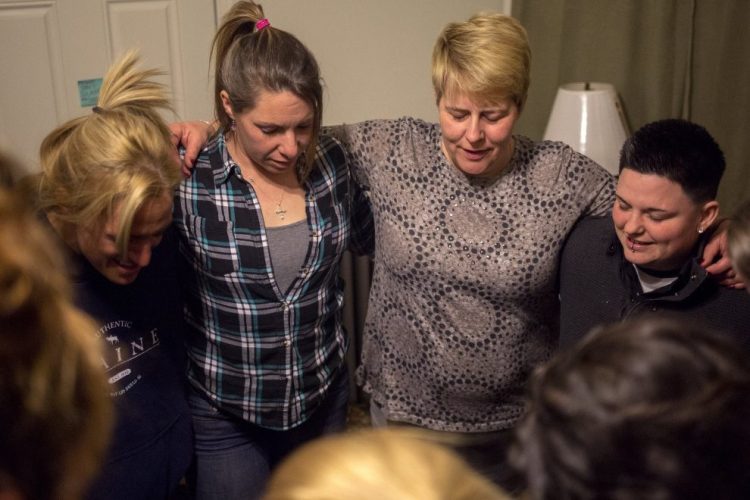The state of sober-living homes in Maine shows a lot about efforts to slow the opioid epidemic – mainly, that we don’t always know what’s going on.
Sober-living homes, in which people in addiction recovery live alongside peers, have multiplied in recent years. Residents have typically bottomed out – with many arriving directly out of jail – and they need a fresh start in a new setting, somewhere without all the pressures, triggers and bad influences that keep them returning to drugs.
But in regulatory terms, they are operated largely on an island. They are not treatment facilities, and because the Fair Housing Act protects people in recovery, they cannot be subjected to the same standards as boarding homes. They are not licensed by the state or federal government, so there is no oversight there, either – there isn’t even a master list of recovery homes.
As a result, there is little understanding of how many sober-living homes there are in Maine, who is operating them, where they are located, what they are charging or what services they are providing.
The Bangor Daily News recently sought to shine some light on the subject. Reporter Jake Bleiberg reached out to 90 sober-living homes, and heard back from 76 of them.
Most of them have opened recently, the paper reported, as the opioid epidemic increased in strength and deadliness. There is no one model – some offer modest accommodations at a modest price, while others cost thousands of dollars a month and offer an array of services and amenities.
They are popping up to fill what is undoubtedly a weak point in the system – housing. And residents have come forward to say their sober-living home gave them just what they needed: some stability, and support from those who understand what they are going through.
The need was there because, as with so much regarding the drug epidemic, government has failed to address it. Absent a comprehensive response to this public health issue, a more piecemeal approach has emerged, with individuals and organizations doing what they can within their own silos.
That has led to some positive work, but it is incomplete. More than 75 percent of the homes identified by the BDN, for instance, are in the Portland area; Aroostook County has only one sober-living home, as does Lewiston, the state’s second-largest city. That’s what happens without a targeted statewide plan.
Also missing is an understanding of how all these separately emerging pieces, including sober-living homes, fit into the larger recovery ecosystem. There is no real accounting for how these efforts, large and small, work together. Absent that, it is hard to tell whether resources are being used well.
A bill from state Sen. Shenna Bellows that would have created state certification for sober-living homes was left unfunded last session. It would have at least provided some standards, and brought the homes somewhat out of the shadows.
But more is needed to coordinate the anti-drug effort. A proposal to establish a Cabinet-level position to oversee the response to the crisis failed in the last Legislature, as did an effort to form a special legislative committee to coordinate addiction-related legislation. The recommendations of two task forces that looked at the issue holistically were largely ignored until this year.
Lawmakers overcame their intransigence this session by passing a number of laws with potential to ease the impact of the drug crisis. But until the state commits to truly looking at the response as a whole, it’ll be hard to know if we are filling the cracks in the system.
Send questions/comments to the editors.


